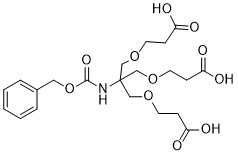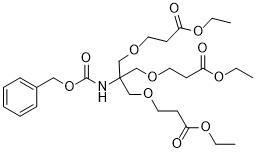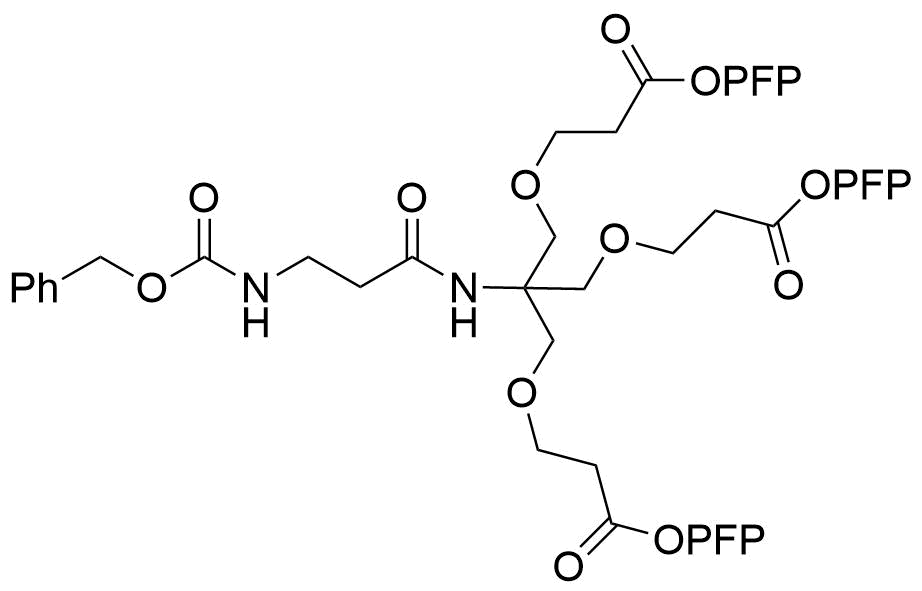Branched carbobenzoxy (Cbz) is a functional group that has gained significant attention in drug research and development due to its unique structural properties. As a derivative of benzoic acid, Cbz has a branching carbon chain attached to the carbonyl group, resulting in a more complex and versatile molecule. This structural feature provides Cbz with a diverse range of pharmacological activities and makes it an essential component in drug design.
In drug research, Cbz is commonly used as a protecting group for amino acids, which are the building blocks of proteins. By blocking the reactive amine group of the amino acid with Cbz, the chemist can control the reaction and selectively modify the carboxylic acid group. Cbz is also used as a structural element in drug design, where its branching carbon chain can alter the drug’s solubility, stability, and activity.
The classification of branched Cbz compounds is based on the position of the branching carbon chain relative to the carbonyl group. This classification includes the tert-butyl, sec-butyl, iso-butyl, and neopentyl Cbz groups, among others. Each of these groups has unique properties that affect the drug’s activity and specificity.






